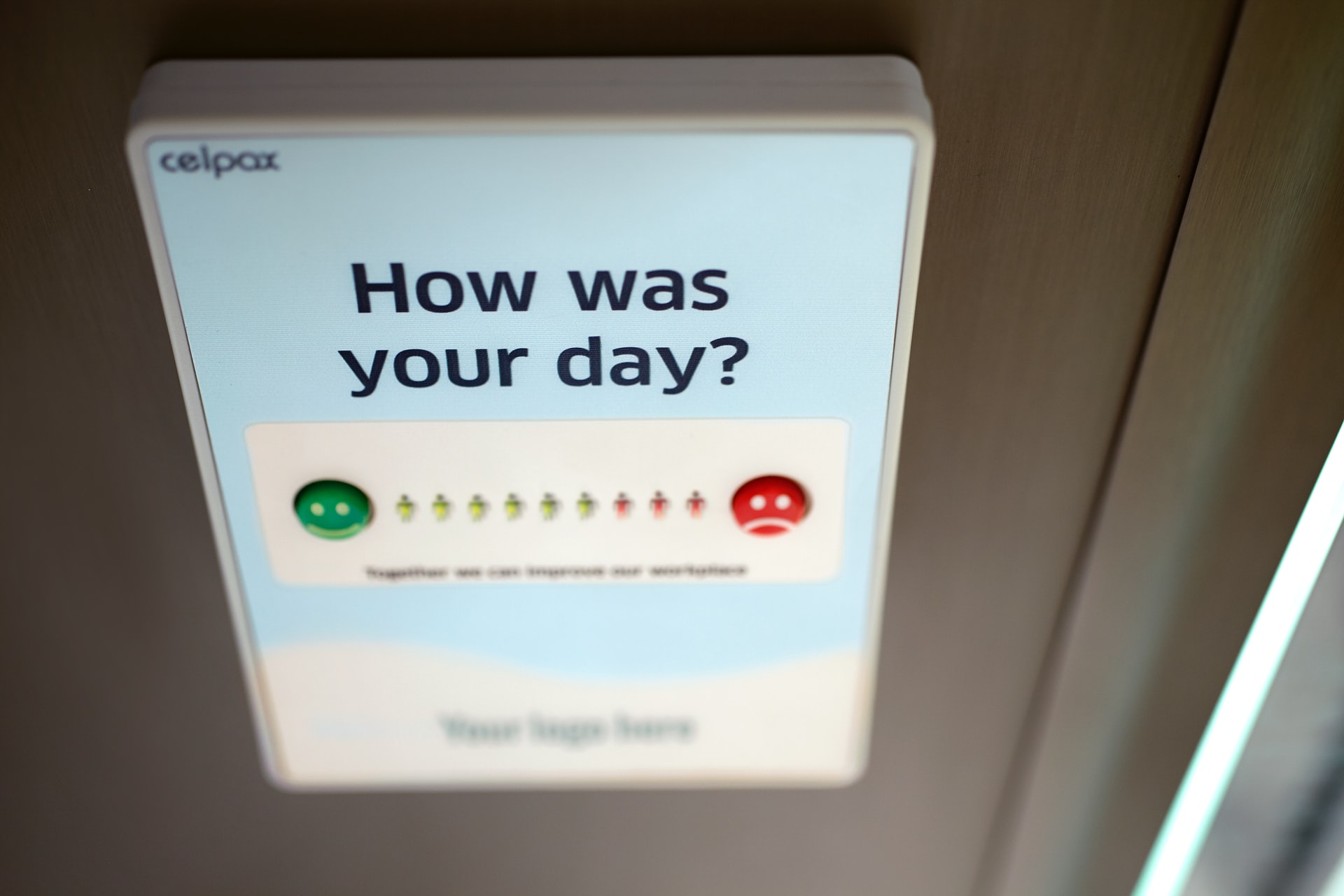E-commerce sales are expected to nearly double from 14.1% of all sales worldwide to 22% by 2023, according to Statista. While Amazon.com, Wal-Mart, Target, and other large companies dominate the space, Shopify, WooCommerce, and other shopping carts have made it easy for local merchants and niche global e-commerce businesses to thrive.
Let's look at five unique ways that these smaller competitors can optimize their e-commerce conversion rate to better compete in the market.
Ecommerce is becoming increasingly competitive—here are five unique strategies to optimize your conversion rates. Share on X#1. Mine Your Search Data
Site search data is a valuable source of information for e-commerce businesses. Rather than guessing what customers want, you can see the actual queries visitors are making to discover trending products or new upselling opportunities. Site search users also tend to have high conversion rates, making these insights even more valuable.

Google Analytics Site Search - Source: Practical Ecommerce
There are several ways to use site search data:
- Track the most frequent search queries and use them for SEO or PPC campaigns if you know they're converting well.
- Find search queries with few or no results and either source new products or refine search results to improve conversions.
- Assess the overall trends associated with various search terms and identify up and coming products for promotion.
Google Analytics provides the easiest way to analyze site search data. After setting it up, you can view all kinds of search analytics under Behavior > Site Search, including usage patterns, search terms, and search pages. For example, you can see the percentage of visitors using site search, average revenue, conversion rates, and more.
#2. Add a Wishlist
Wish lists may seem like an arbitrary feature for e-commerce shops, but they have underappreciated superpowers. For example, they provide customers with an easy way to remind themselves to buy a product later while helping merchants measure product interest. It's a win-win feature that unlocks some powerful opportunities to increase revenue.
There are several ways to use wish lists:
- You can look at wish list items to anticipate inventory demand and notify customers that want out-of-stock products.
- Customers can share wish lists with friends and family to make it easier to shop for holidays or other life events.
- Wish lists encourage visitors to sign up for an account, making it easier to re-engage them over time.
Most popular e-commerce platforms support wish lists or have plug-ins available to add functionality. For instance, WooCommerce Wishlists enables customers to create unlimited wishlists, share them with friends and family, make them public, and group products. Admins can also view and analyze wishlists within WordPress Menus.
#3. Use Marketing Funnels
The most successful e-commerce businesses use marketing funnels to maximize their conversion rate. For example, a flower company might generate leads through content marketing focused on special occasions. The content may contain links to dedicated landing pages targeting those special occasions and prompt visitors with a coupon code.

Google Analytics helps visualize sales funnels. Source: Easy Auto Tagging
Important marketing KPIs to watch include:
- Average order value
- Abandoned cart rate
- Customer lifetime value
- Churn rate
- Revenue per click
- Net promoter score
Google Analytics makes it easy to measure sales funnels. For example, you might create a funnel that looks at overall sessions, product page sessions, add-to-cart sessions, and successful transactions to see where visitors drop off in the process. That way, you can easily see where conversions are breaking down and address the problem.
#4. Always Upsell & Cross-Sell
Upselling and cross-selling are strategies to increase average order value by encouraging customers to spend more. For example, someone purchasing a smartphone might be upsold to a larger screen or more storage or cross-sold with headphones or a screen protector. The key is keeping these offers relevant and subtle.
Keep these best practices in mind:
- Don't be pushy. Upselling or cross-selling offers should be on the same level as the existing item. For example, you could try to upsell someone buying a disposable razor with a non-disposable razor, but offering a high-end electric razor may be unrealistic.
- Focus on what works. Only upsell and cross-sell products that are already doing well or are trending higher. In addition, you may want to target these offers based on the time of year (e.g., winter jackets versus rain jackets for a sporting goods retailer).
- Don't overwhelm customers. Avoid introducing any indecision to the buying process. For example, you don't want a customer set on an item becoming less confident about their purchase after seeing different options or competing items.
Upselling and cross-selling opportunities should occur on product pages and during the checkout process. However, it's wise to avoid trying to make any offers during the final stages of the checkout to minimize friction. In addition, it's a good idea to constantly review the performance of these offers since they can account for a third of all sales.
#5. Avoid Distractions
E-commerce landing pages are a popular way to improve conversion rates with highly targeted offers. For example, an e-commerce shop may develop a landing page specific to their PPC or social media campaigns. When designing these landing pages, it's essential to keep in mind the need to avoid distractions and maximize conversions.
Landing page tips to keep in mind include:
- Remove navigation. Some research suggests that removing navigation links improved conversions by 100%. Unlike general traffic, landing pages aim to achieve a specific goal, so navigation and external links are not essential.
- Focus on a single CTA. Landing pages with multiple offers generate far fewer leads than single offer pages. Limiting choices helps customers make decisions faster and dramatically improve overall conversion rates from marketing campaigns.
- Adjust in real-time. Landing pages tend to be much easier to adjust over time, so it's an excellent idea to A/B test to optimize conversions over time. Try removing different elements, swapping various offers, and even changing button sizes or colors.
The Bottom Line
There are many different ways to optimize e-commerce conversion rates, but the five strategies we've covered tend to get left out. In some cases, these easy-to-implement strategies can make a massive difference in conversion rates and help your e-commerce business grow revenue and profitability.
If you're looking for assistance with technical implementations, Sharkbyte specializes in web application design and development, as well as ecommerce optimizations to maximize revenue and profitability. Contact us to schedule a free consultation!



